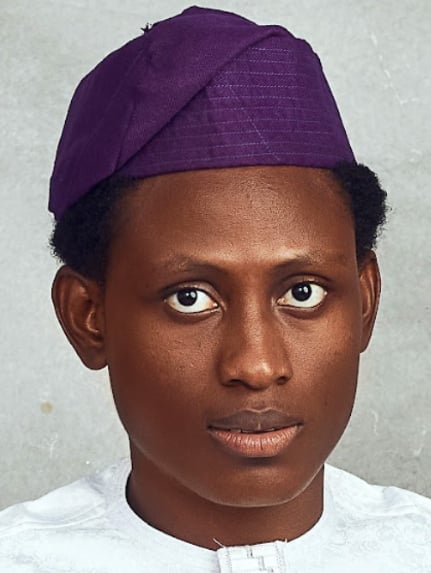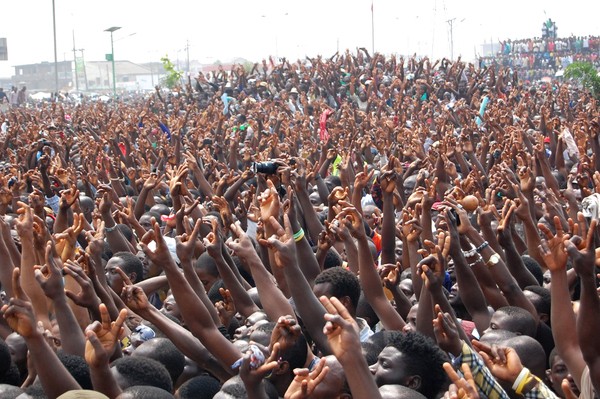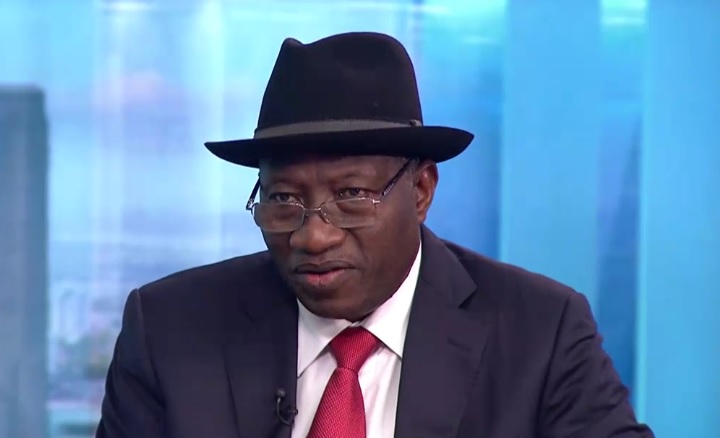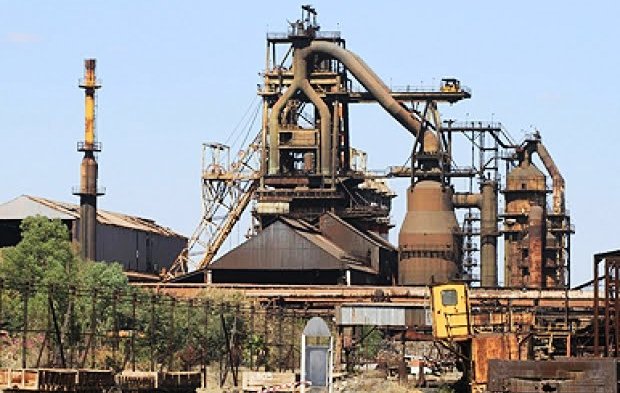Did you know 20 million Americans lost their jobs in April 2020 alone? Have you read that 33 million Americans have now lost their jobs since the coronavirus pandemic hit the country with full force only about seven weeks ago? Did you hear that the US is currently recording the worst job losses since the great depression of 1930? Let us bring it home.
How many Nigerians lost their jobs in 2019? Do you know? How many Nigerians have lost their jobs in 2020? How many Nigerians could lose their jobs to the novel coronavirus which has necessitated once-in-a-lifetime kinds of lockdowns? Just how many Nigerians will lose their jobs in 2020 as a result of COVID-19 and the coming recession?
We may never know and here is why: The last labour force statistics report released by the National Bureau of Statistics (NBS) was for Q3 2018. Since then, not a single labour force statistic has been published by the NBS. This means no labour force statistics for about six quarters — from Q4 2018 to Q1 2020.
According to the NBS data calendar, the next time we get a labour force statistics report is August 31, 2020 — and that will be for Q1 and Q2 2020. I expect that the NBS would squeeze in some data from 2019 to provide context for 2020, or we may just have to be comparing data on a two-year basis — RIP year-on-year.
Advertisement
How many Nigerians became jobless in 2019?
It was Edwards Deming, the American statistician who helped develop the sampling techniques still used by the U.S. Department of the Census and Bureau of Labor Statistics, who said: “without data, you’re just another person with an opinion.”
At the risk of offending Deming in his grave, I would not just be telling you my opinion, I would show you what the numbers said in the past, then we can project into the future.
When President Muhammadu Buhari took office in 2015, and delayed his cabinet appointment for six months, two unrelated events happened. First, there was a massive capital flight as investors were not sure what direction his government was going. The second was a new low for oil prices, the major forex earner for Nigeria. The combo of these two events among others resulted in 1.97 million newly-unemployed Nigerians. Some of them lost their jobs, some just came into the labour market and found no jobs.
Advertisement
For the first quarter of 2016, another 1.5 million Nigerians became jobless — 1.97 million in the last two quarters of 2015, 1.5 million in the first quarter of 2016. By the end of 2016, 3.6 million Nigerians became unemployed. This coincided with the worst recession in Nigeria’s fourth republic.
Enter 2017, the unemployed population rose from 11.68 million in Q4 2016 to 17.67 million by Q4 2017 — accounting for 5.92 million Nigerians who became unemployed in 2017. By the time NBS last published unemployment report in December 2018, the population of the unemployed had jumped to 20.9 million from 17.67 in 2017. That means 3.3 million Nigerians became unemployed in the first nine months of 2018.
Let me save you the jargons, here is the summary: In 2016, 3.6 million Nigerians became jobless, another 5.92 million were added in 2017, while only nine months in 2018 accounted for fresh 3.3 million unemployed Nigerians. In total, 12.82 million Nigerians became jobless in 33 months.
If we run an average of these numbers, we would find that 4.66 million Nigerians become unemployed in a year since the oil price crash of 2015/16. If we factor for the recession recovery, then the numbers may be as small as three million unemployed in 2019.
Advertisement
My data-driven opinion is that the total number of unemployed Nigerians by the end of 2019 cannot be less than 24 million.
No Funding for NBS?
Before we had the last NBS labour statistics, we had to wait more than a year. The delivery date was shifted time and again by the bureau. Going into the 2019 elections, Nigerians sought to politicise the matter. They argued that the report was being delayed until after the election, so as not to harm President Buhari’s chances at re-election.
Yemi Kale, the best statistician general Nigeria has had in a while, said nobody was calling him “to manipulate any data or not to release any data”. He explained, at the time, that the federal government had not released funding to complete the report.
“The work can’t be completed due to budgetary releases. It’s not hard to confirm when last we got data funding and how much,” Kale said. Since that particular report was released a month later, none other has followed. We hold our breath as we await the next one scheduled for August 2020.
Advertisement
This brings up the conversation on how poorly data is funded in Nigeria. For instance, the rural-urban split data used for the recent NBS data on national expenditure was from 1991. Yes! 1991 data is still being used in Nigeria in 2020. The last population census in Nigeria was carried out in 2006 — 14 years ago. We do not seem to care about these numbers enough to fund them adequately.
“In God we trust; all others bring data.”
The African Union is projecting 20 million job losses on the continent for 2020. Note that job loss is not the same as unemployment. Unemployment factors for job losses in addition to those who recently graduated and came into the labour market only to find no job to do.
Advertisement
The total number of newly-unemployed people across Africa for 2020 would, by my estimate, be about 40 million. But as Nigerians will say: “God forbid”. Remember, this is only my opinion, and data supersedes anyone’s opinion. As Edwards Deming also said: “In God we trust; all others bring data”
CLARIFICATION
In my article, “Did you know Nigeria’s poverty line is less than a dollar a day?”, I wrote that Nigeria’s poverty line stood at N376.5, which represents only 97 cents. A number of people reached out to say the market rate was above N400, hence my assumption of N389/$ was optimistic. But an economist with the IMF noted that “the exchange rate to be used is not the market exchange rate but the World Bank Atlas method PPP rate”. It should also be noted that the World Poverty Clock is yet to factor in new data in its calculation of Nigeria’s poverty numbers. When they do, I’d be the first to let you know.
Advertisement
Follow ‘Mayowa on Twitter @OluwamayowaTJ
Advertisement







